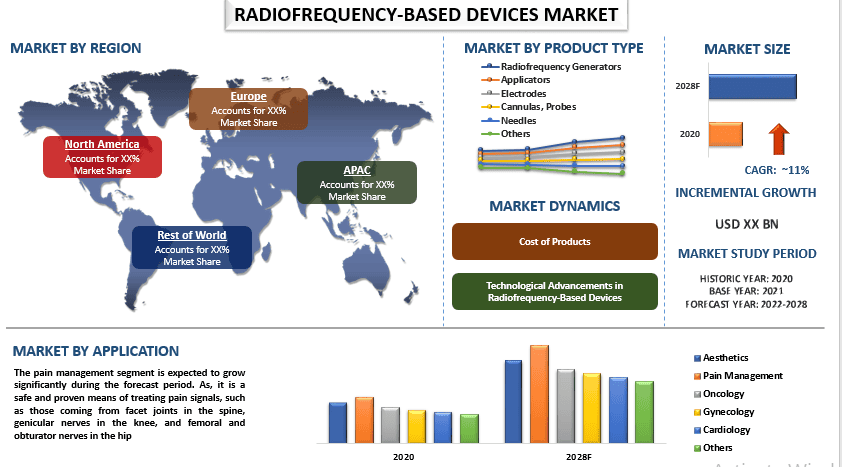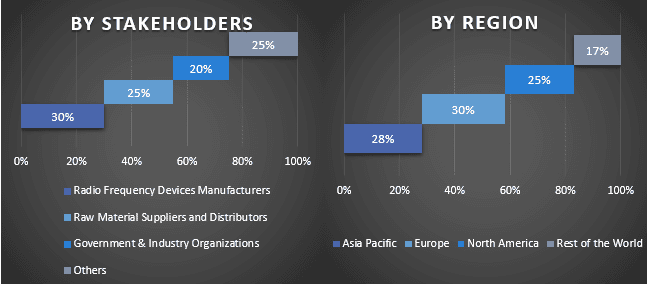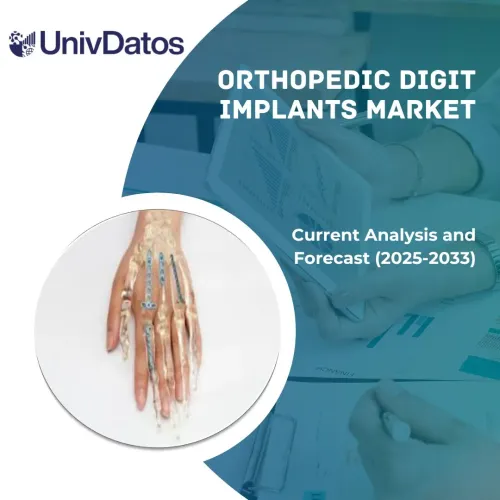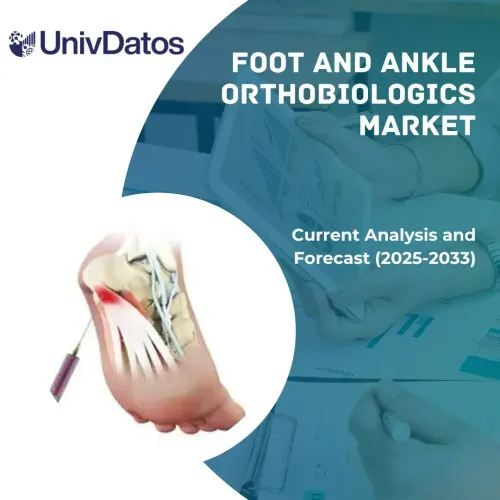- Home
- About Us
- Industry
- Services
- Reading
- Contact Us
Radiofrequency-Based Devices Market: Current Analysis and Forecast (2022-2028)
Emphasis on Product Type (Radiofrequency Generators, Applicators, Electrodes, Cannulas, Probes, Needless, And Others); Application (Aesthetics, Pain Management, Oncology, Gynecology, Cardiology, Others.); and Region/Country

Global Radiofrequency-Based Devices Market is expected to grow at a significant rate of around 11% during the forecast period. Radiofrequency devices are commonly used for skin tightening, collagen production and treating chronic diseases such as cancer and cardiovascular diseases. Radiofrequency or RF devices are commonly used in aesthetic practices, skin tightening, collagen synthesis, body contouring by heating and eliminating fat cells, and facial rejuvenation are all possible using RF technology.
The growing adoption of radiofrequency-based devices is mainly driven by the growing prevalence cardiovascular disease and chronic diseases. For instance, according to World Health Organization, more than 17.9 million people die worldwide because of cardiovascular diseases. Furthermore, growing prevalence of chronic pain disorders such as arthritis and osteoporosis is expected to drive the market during the forecast period.
Abbott, AngioDynamics, Sisram Medical Ltd, ATRICURE, INC, Avanos Medical Inc, Boston Scientific Corporation, CONMED Corporation, Cutera, Medtronic, Merit Medical Systems Inc are some of the key players in the market. Several M&As along with partnerships have been undertaken by these players to facilitate customers with hi-tech and innovative products/technologies.
Insights Presented in the Report
“Amongst product type, generator category to witness significant share in 2020”
Based on product type, the market is segmented into radiofrequency generators, applicators, electrodes, cannulas, probes, needless, and others. Among them, generators segment is expected to achieve a significant market share of the market for global radiofrequency-based devices in 2020 and is expected to continue doing so in the anticipation period. The rise in demand of radio frequency generators is mainly attributed to its features such as one-time capital investment. Moreover, the growing use radiofrequency-based generators in pain management, is expected to drive the market during the forecast period. A high-frequency generator uses insulated needle electrodes to send small high-frequency currents to the paralyzed nerve, which in turn sends pain signals to the brain this helps technicians to treat the patients.
“Amongst application, the pain management to witness significant share in 2020”
Based on application, the market is segmented into aesthetics, pain management, oncology, gynecology, cardiology, and others. The pain management segment is expected to achieve a significant share in 2020. Radio frequency device is a safe and proven means of treating pain signals, such as those coming from facet joints in the spine, genicular nerves in the knee, and femoral and obturator nerves in the hip. Furthermore, radiofrequency treatment is regarded as highly beneficial for the long-term management of chronic pain. Radiofrequency ablation has numerous advantages, including precision, efficacy, and reproducibility.
“North America to hold a significant share in the market”
In 2021, the North America radio frequency device market has the largest share and is expected to grow significantly during the forecast period. The growth in the region is mainly attributed to the growing research and development activities in the region coupled with the presence of key players in the market. For instance, Lockheed Martin Corporation made a strategic investment in fortify to develop radio frequency devices. Moreover, as large patient pool suffering from chronic pain and the rising demand for cosmetic skin care is expected to drive the market in the region. For instance, according to the American Cancer Society, Inc., in 2018, approximately 1.9 million new cancer cases and more than 600k cancer deaths were estimated to have occurred in North America. The radio frequency-based devices market in Asia-Pacific will likely exhibit a fairly robust revenue CAGR during the forecast year. In addition, a growing population of older people, as well as increased levels of discretionary spending, are variables that are driving market revenue growth.
Reasons to buy this report:
- The study includes market sizing and forecasting analysis validated by authenticated key industry experts.
- The report presents a quick review of overall industry performance at one glance.
- The report covers an in-depth analysis of prominent industry peers with a primary focus on key business financials, product portfolio, expansion strategies, and recent developments.
- Detailed examination of drivers, restraints, key trends, and opportunities prevailing in the industry.
- The study comprehensively covers the market across different segments.
- Deep dive regional level analysis of the industry.
Customization Options:
The global radiofrequency-based devices market can further be customized as per the requirement or any other market segment. Besides this, UMI understands that you may have your own business needs, hence feel free to connect with us to get a report that completely suits your requirements.
Table of Content
Research Methodology for the Radiofrequency-Based Devices Market Analysis (2022-2028)
Analyzing the historical market, estimating the current market, and forecasting the future market of the global radiofrequency-based devices market were the three major steps undertaken to create and analyze the adoption of radiofrequency-based devices in major regions globally. Exhaustive secondary research was conducted to collect the historical market numbers and estimate the current market size. Secondly, to validate these insights, numerous findings and assumptions were taken into consideration. Moreover, exhaustive primary interviews were also conducted, with industry experts across the value chain of the global radiofrequency-based devices market. Post assumption and validation of market numbers through primary interviews, we employed a top-down/bottom-up approach to forecasting the complete market size. Thereafter, market breakdown and data triangulation methods were adopted to estimate and analyze the market size of segments and sub-segments of the industry pertains to. Detailed methodology is explained below:
Analysis of Historical Market Size
Step 1: In-Depth Study of Secondary Sources:
Detail secondary study was conducted to obtain the historical market size of the radiofrequency-based devices market through company internal sources such as annual reports & financial statements, performance presentations, press releases, etc., and external sources including journals, news & articles, government publications, competitor publications, sector reports, third-party database, and other credible publications.
Step 2: Market Segmentation:
After obtaining the historical market size of the radiofrequency-based devices market, we conducted a detailed secondary analysis to gather historical market insights and share for different segments & sub-segments for major regions. Major segments are included in the report as product type, and application. Further country-level analyses were conducted to evaluate the overall adoption of testing models in that region.
Step 3: Factor Analysis:
After acquiring the historical market size of different segments and sub-segments, we conducted a detailed factor analysis to estimate the current market size of the radiofrequency-based devices market. Further, we conducted factor analysis using dependent and independent variables such as product type, and application. A thorough analysis was conducted for demand and supply-side scenarios considering top partnerships, mergers and acquisitions, business expansion, and product launches in the radiofrequency-based devices market sector across the globe.
Current Market Size Estimate & Forecast
Current Market Sizing: Based on actionable insights from the above 3 steps, we arrived at the current market size, key players in the global radiofrequency-based devices market, and market shares of the segments. All the required percentage shares split, and market breakdowns were determined using the above-mentioned secondary approach and were verified through primary interviews.
Estimation & Forecasting: For market estimation and forecast, weights were assigned to different factors including drivers & trends, restraints, and opportunities available for the stakeholders. After analyzing these factors, relevant forecasting techniques i.e., the top-down/bottom-up approach were applied to arrive at the market forecast for 2028 for different segments and sub-segments across the major markets globally. The research methodology adopted to estimate the market size encompasses:
- The industry’s market size, in terms of revenue (USD) and the adoption rate of the radiofrequency-based devices market across the major markets domestically
- All percentage shares, splits, and breakdowns of market segments and sub-segments
- Key players in the global radiofrequency-based devices market in terms of products offered. Also, the growth strategies adopted by these players to compete in the fast-growing market
Market Size and Share Validation
Primary Research: In-depth interviews were conducted with the Key Opinion Leaders (KOLs) including Top Level Executives (CXO/VPs, Sales Head, Marketing Head, Operational Head, Regional Head, Country Head, etc.) across major regions. Primary research findings were then summarized, and statistical analysis was performed to prove the stated hypothesis. Inputs from primary research were consolidated with secondary findings, hence turning information into actionable insights.
Split of Primary Participants in Different Regions

Market Engineering
The data triangulation technique was employed to complete the overall market estimation and to arrive at precise statistical numbers for each segment and sub-segment of the global radiofrequency-based devices market. Data was split into several segments & sub-segments post studying various parameters and trends in the areas of type, drive type, and application in the global radiofrequency-based devices market.
The main objective of the Global Radiofrequency-Based Devices Market Study
The current & future market trends of the global radiofrequency-based devices market were pinpointed in the study. Investors can gain strategic insights to base their discretion for investments on the qualitative and quantitative analysis performed in the study. Current and future market trends determined the overall attractiveness of the market at a regional level, providing a platform for the industrial participant to exploit the untapped market to benefit from a first-mover advantage. Other quantitative goals of the studies include:
- Analyze the current and forecast market size of the radiofrequency-based devices market in terms of value (USD). Also, analyze the current and forecast market size of different segments and sub-segments
- Segments in the study include areas of product type, and application.
- Define and analysis of the regulatory framework for the radio frequency-based devices industry.
- Analyze the value chain involved with the presence of various intermediaries, along with analyzing customer and competitor behaviors of the industry.
- Analyze the current and forecast market size of the radiofrequency-based devices market for the major region.
- Major countries of regions studied in the report include Asia Pacific, Europe, North America, and the Rest of the World.
- Company profiles of the radiofrequency-based devices market and the growth strategies adopted by the market players to sustain in the fast-growing market
Deep dive regional level analysis of the industry
Related Reports
Customers who bought this item also bought










